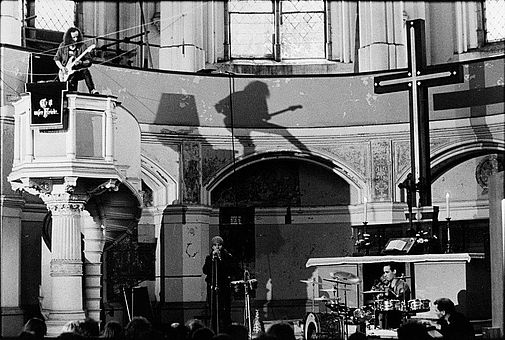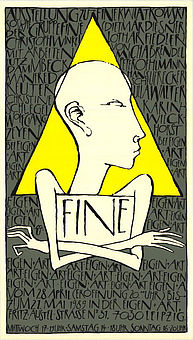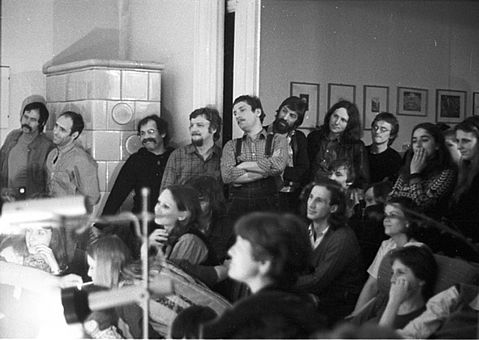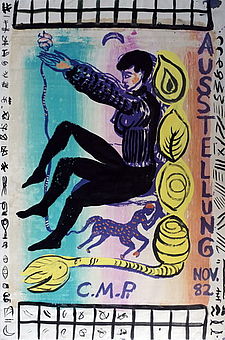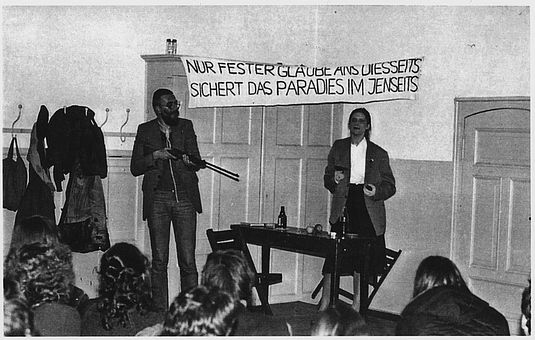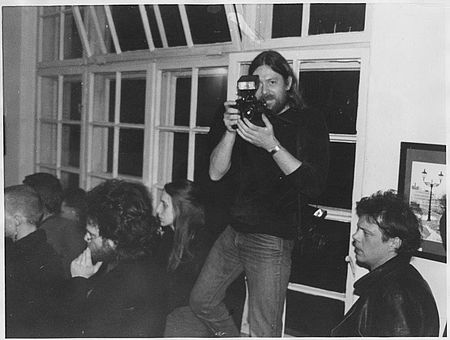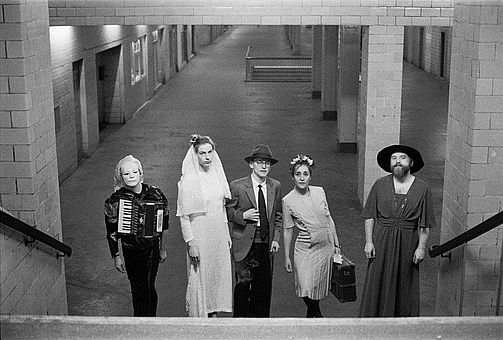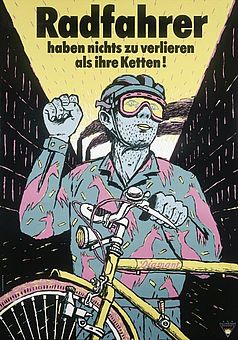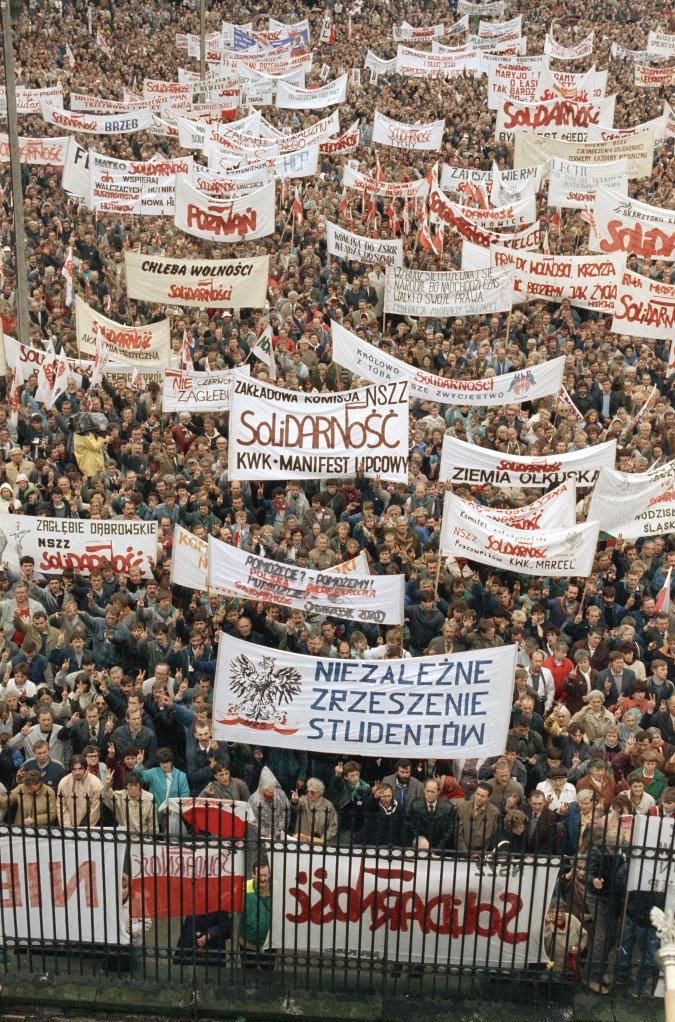
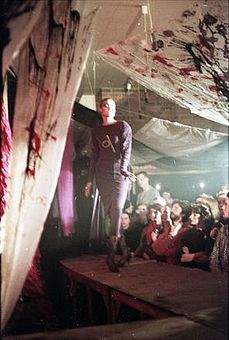
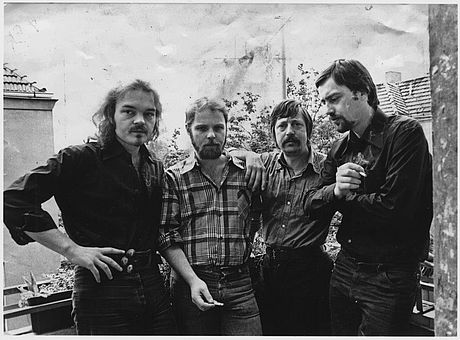
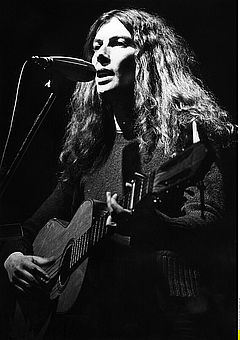
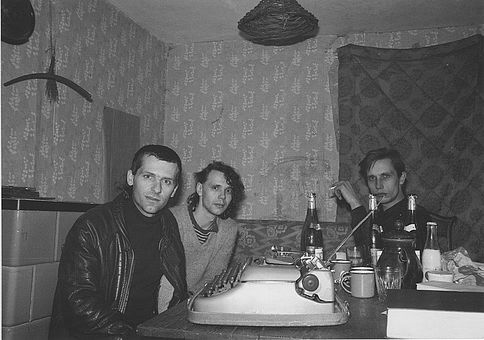
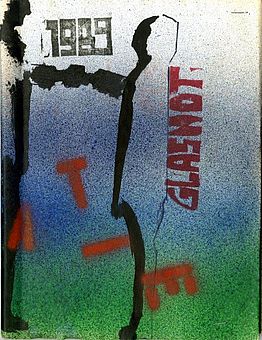
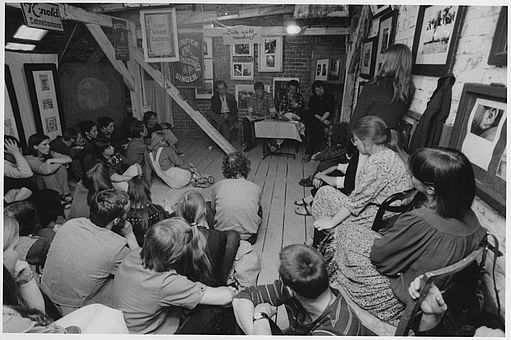
The arts in the GDR were closely tied to the political ideology of the single ruling Socialist Unity Party (SED). All areas of the arts were controlled and monitored by the state. There was no free market for art, music or literature.
An alternative cultural scene began developing in the GDR in the late 1970s. Most of the leading figures did not regard themselves as part of the political opposition. Yet their desire for autonomous forms of expression provoked mistrust on the part of the GDR leadership. The secret police (Stasi) infiltrated the arts scene to keep it in check.
Nevertheless, critical artists found a growing audience in churches, back yards and private premises. A number of them took an open stand against the dictatorship, joining opposition groups. They were banned, arrested or expelled from the country. More and more artists tried to leave the GDR so that they could work in freedom.

